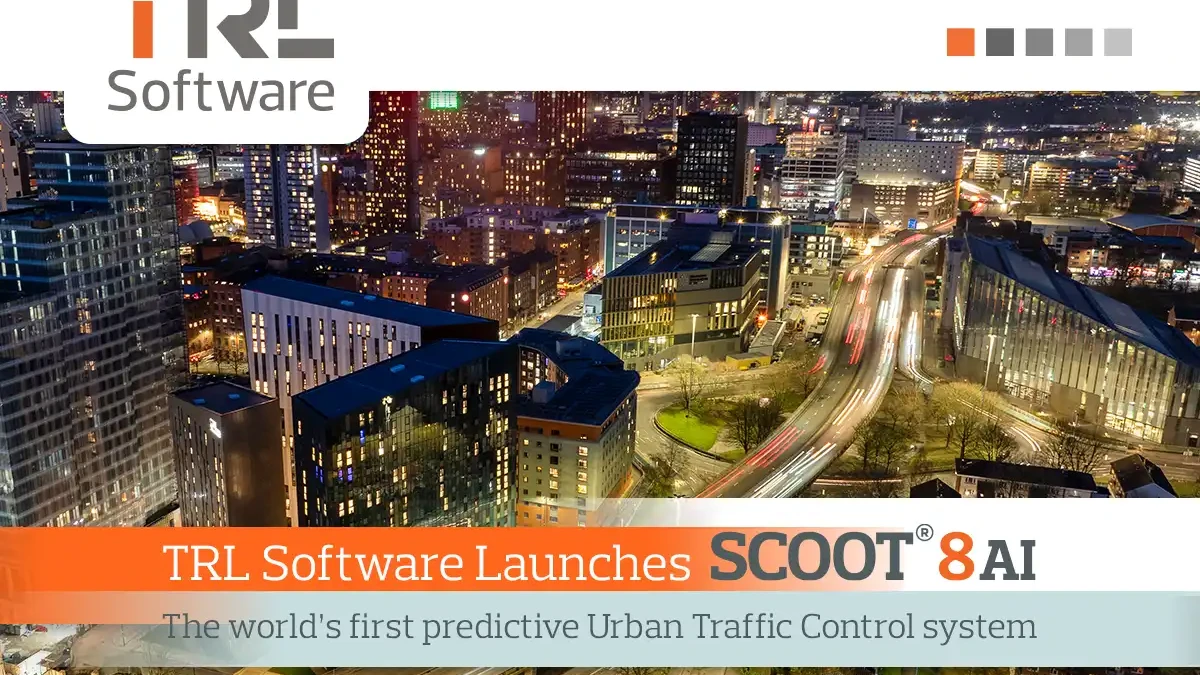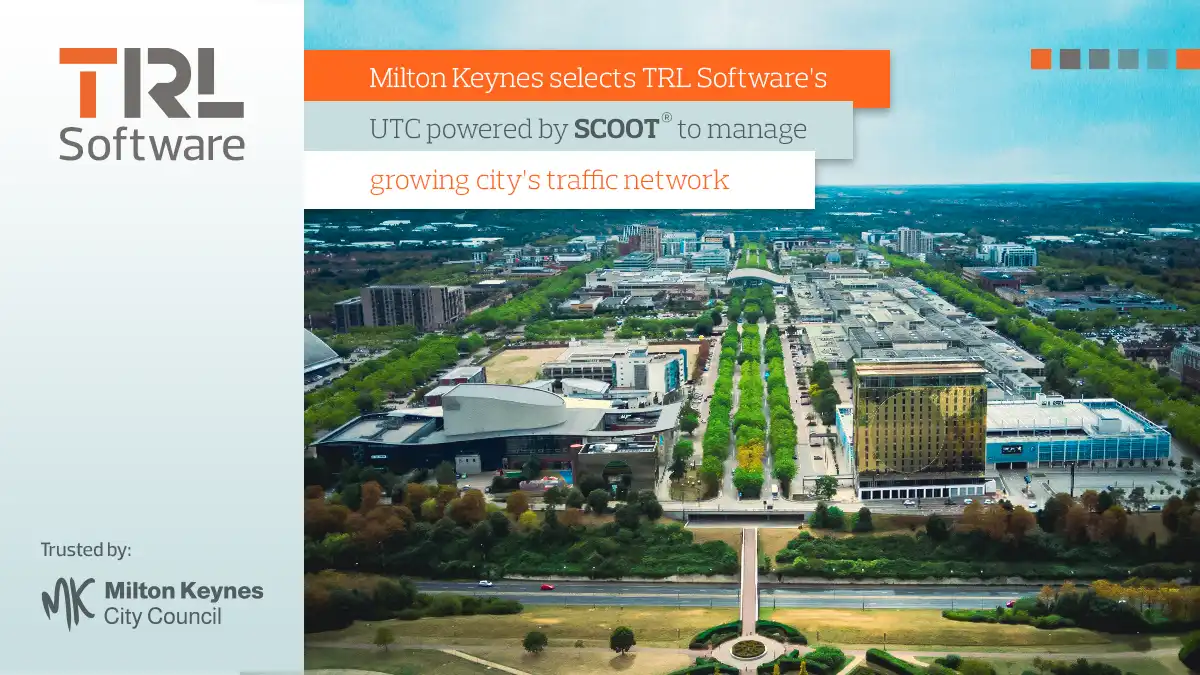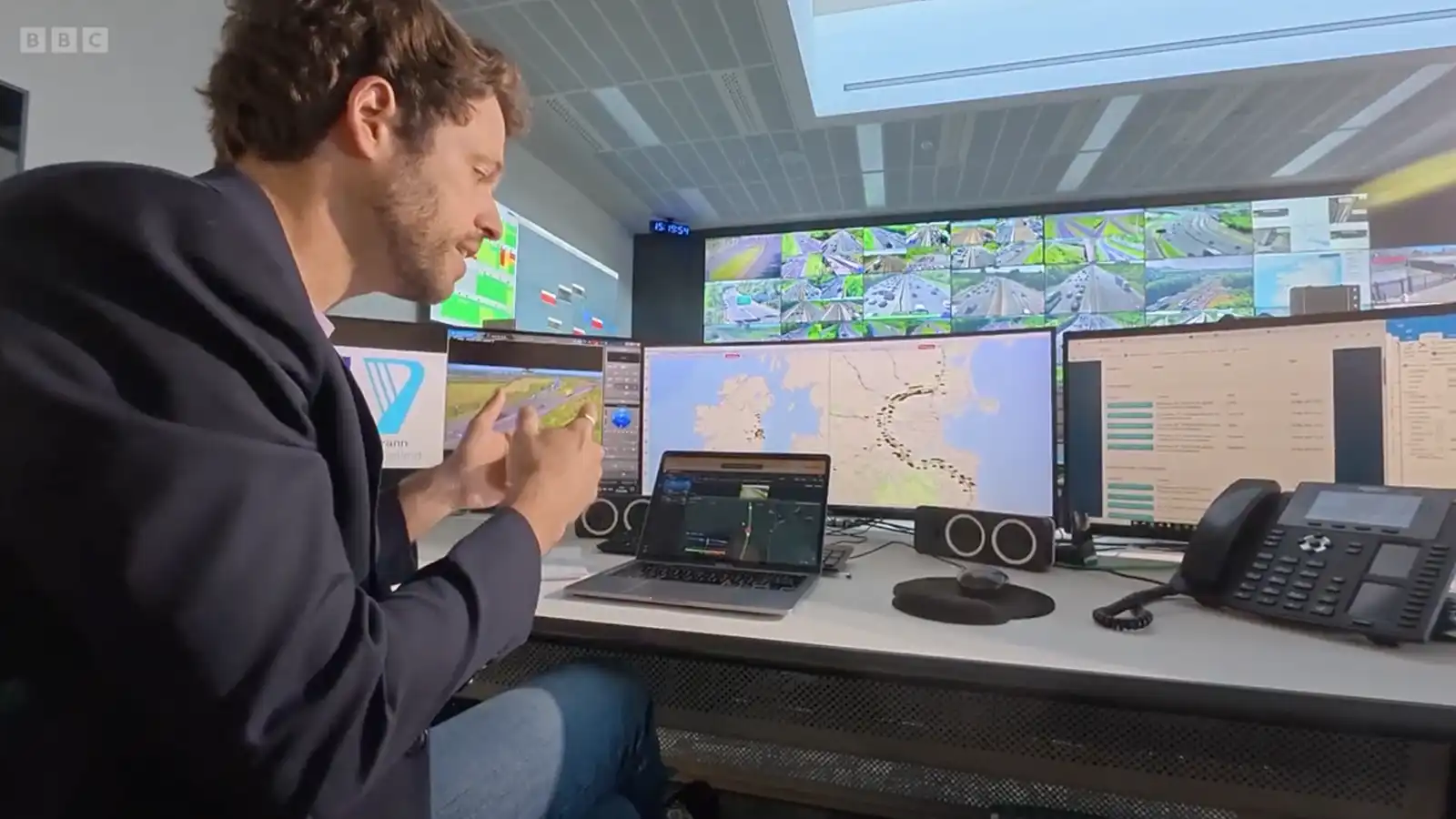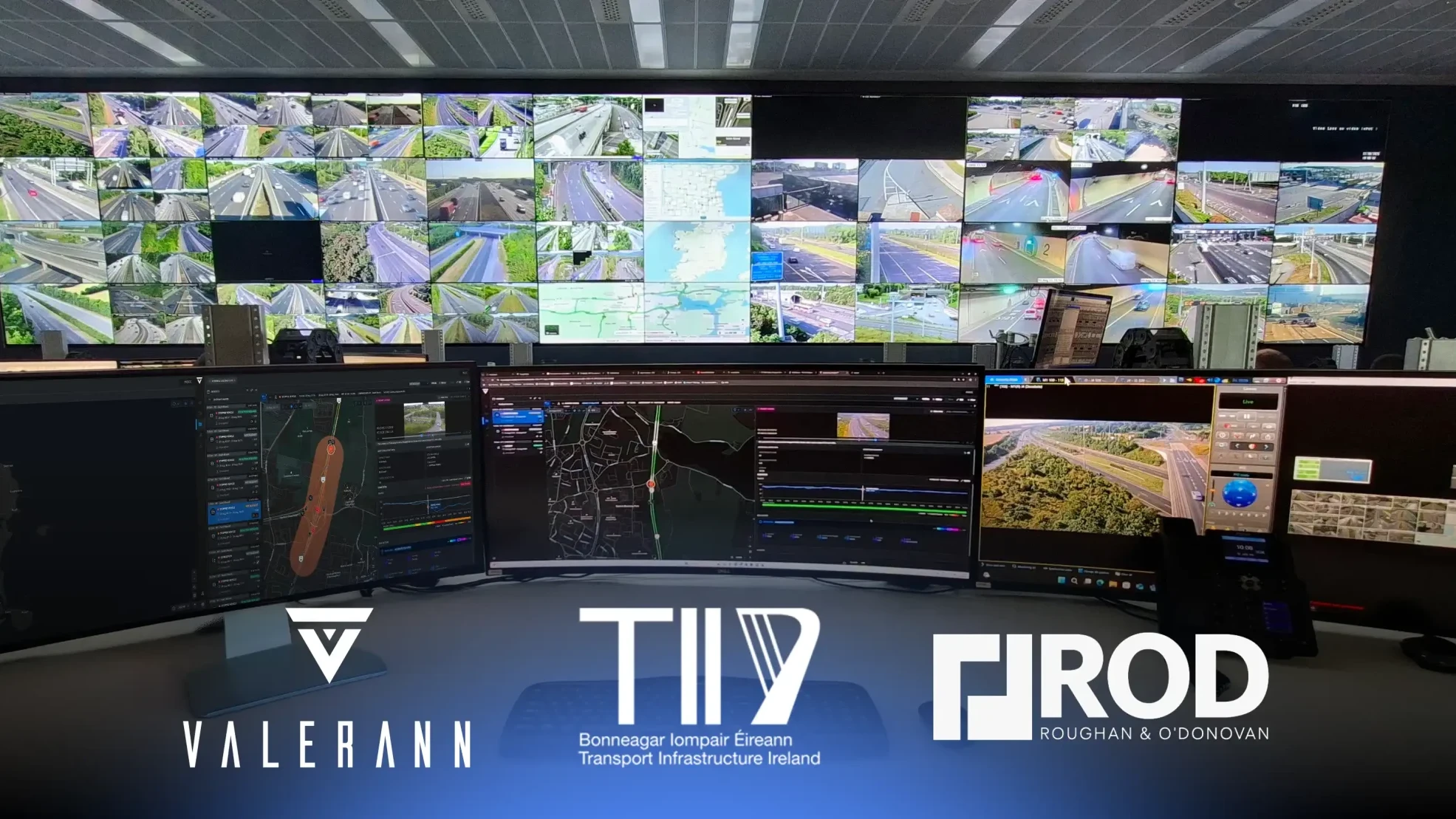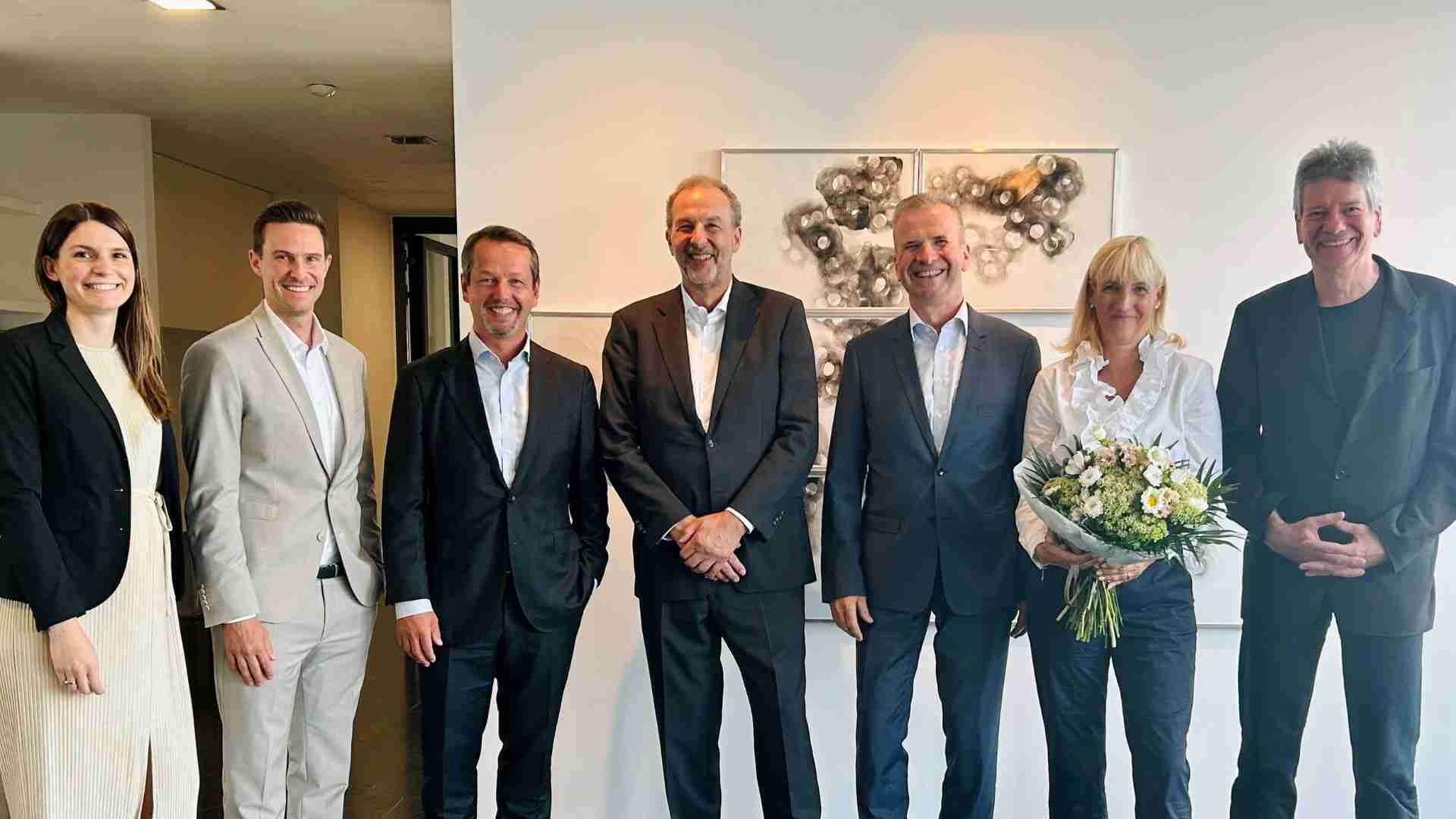ORIS Wins the EcoBalance Best Business Practice Award for Combining Life Cycle Thinking and Climate Resilience
EcoBalance is one of the most significant life cycle analysis (LCA) expert gatherings. This year, it took place in Sendai, Japan, with more than 650 LCA experts exchanging ideas and discussing innovations to foster sustainable development practices. Among the recognitions awarded, the EcoBalance Best Business Practice award highlighted the integration of life cycle thinking and climate resilience in infrastructure projects.
The Importance of Life Cycle Assessment (LCA) and Climate Resilience
This award underscores the necessity of incorporating Life Cycle Assessment and climate resilience into infrastructure planning and implementation. LCA allows engineers to compare the carbon footprints of different design options, offering a comprehensive methodology to evaluate environmental impacts across the lifecycle of infrastructure projects such as roads and railways.
How does LCA work in linear infrastructure?
LCA evaluates the environmental impacts of infrastructure across five key phases:
- Production phase: Assesses the environmental effects of obtaining materials for construction, including raw material extraction, their transportation, to product manufacturing.
- Transportation phase: Evaluates impacts of supplying materials to the construction site
- Construction phase: Evaluates impacts from construction activities and equipment use
- Use phase: Analyses long-term maintenance and effects during the infrastructure’s operational life
- End-of-life phase: Examines impacts of decommissioning, recycling, or repurposing
LCA supports sustainable decision-making by:
- Assessing the base design to identify areas for improvement.
- Benchmarking alternative solutions with a focus on reducing major impacts.
- Comparing designs based on key performance indicators.
- Deciding the most sustainable solution to meet global objectives.
What is climate resilience?
Climate resilience ensures that transportation systems like roads and railways can withstand and maintain performance under extreme climatic conditions. Key aspects include:
- Flood-resilient structures: Designing infrastructure to withstand statistically probable flood events.
- Heat-resistant materials: Using materials that can endure extreme heat waves and minimise structural damage.
- Flexible design: Ensuring adaptability to future climate scenarios and facilitating upgrades.
A unified resilience risk score can be achieved by:
- Climate screening to evaluate and map exposures such as heat, floods, and freeze-thaw cycles.
- Infrastructure vulnerability analysis to assess surface conditions and traffic impacts.
- Identifying social and economic impacts of climate change on nearby communities.
Why Combine LCA and Climate Resilience?
Employing both methodologies can significantly reduce the environmental footprint of infrastructure projects, achieving up to 50% carbon reductions while improving cost-efficiency and long-term sustainability. Thinking long-term is essential to anticipate and mitigate the impacts of climate change on infrastructure longevity.


Latest News
- MoU signing between IRF and VRCIC to Advance Cooperative Vehicle-Infrastructure Technologies

- IRF and CHTS Strengthen Collaboration in Advancing Research in Autonomous Vehicles

- Driving Innovation: IRF and CHTS Strengthen Collaboration in Smart Mobility Research

- Hi-Drive Webinar Explores the Technology Enablers for Higher Vehicle Automation

- Introducing the IRF Start-Up 2025 Finalists

- Building Resilient Roads for a Safer and Connected Future

MORE NEWS
October 5, 2025
0 Comments7 Minutes
From intrapreneurial initiative to independent start-up: ORIS Materials Intelligence accelerates its development
ORIS adopts a new shareholding structure around its co-founders, with the entry of a new strategic investor, LIBERSET.
September 24, 2025
0 Comments3 Minutes
TRL Software Launches SCOOT® 8 AI
World's First AI-Powered Predictive Urban Traffic Control Solution
September 18, 2025
0 Comments5 Minutes
Milton Keynes City Council selects TRL Software’s UTC powered by SCOOT®
The TRL Software will be used to manage the growing city’s traffic network
September 18, 2025
0 Comments6 Minutes
BBC Tech Now features Valerann
Valerann discusses features of its Motorway Operations Control Centre with BBC.
September 4, 2025
0 Comments4 Minutes
Valerann Wins 2025 IBTTA Toll Excellence Award
Valerann was awarded for Transforming Incident Detection and Response on Ireland’s Road Network with AI-Powered Data Fusion








